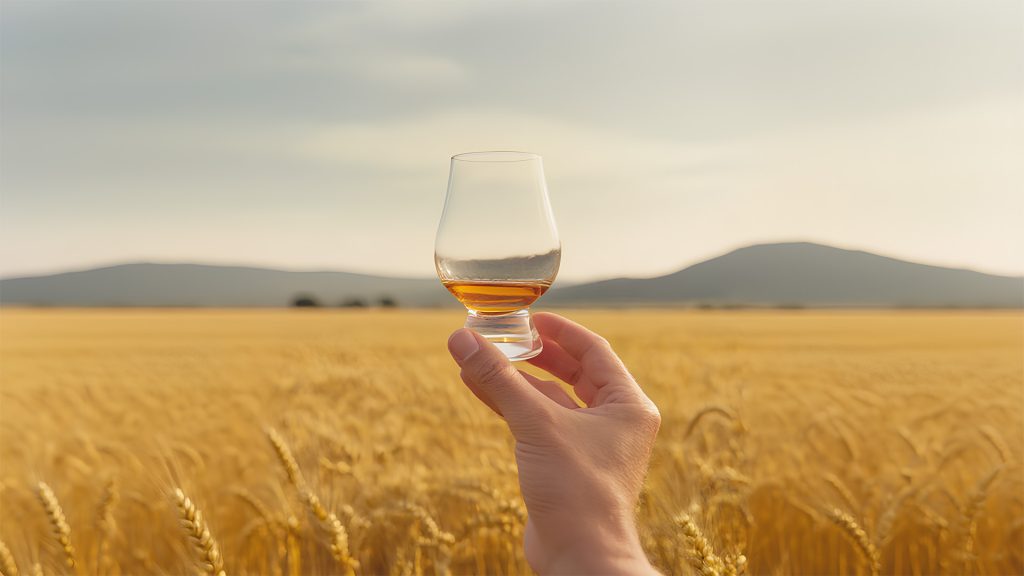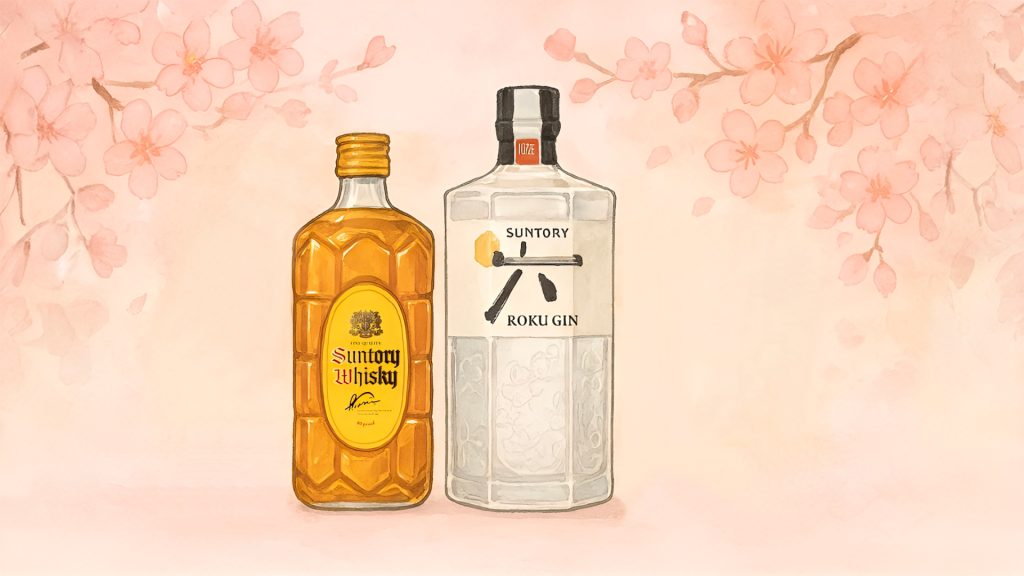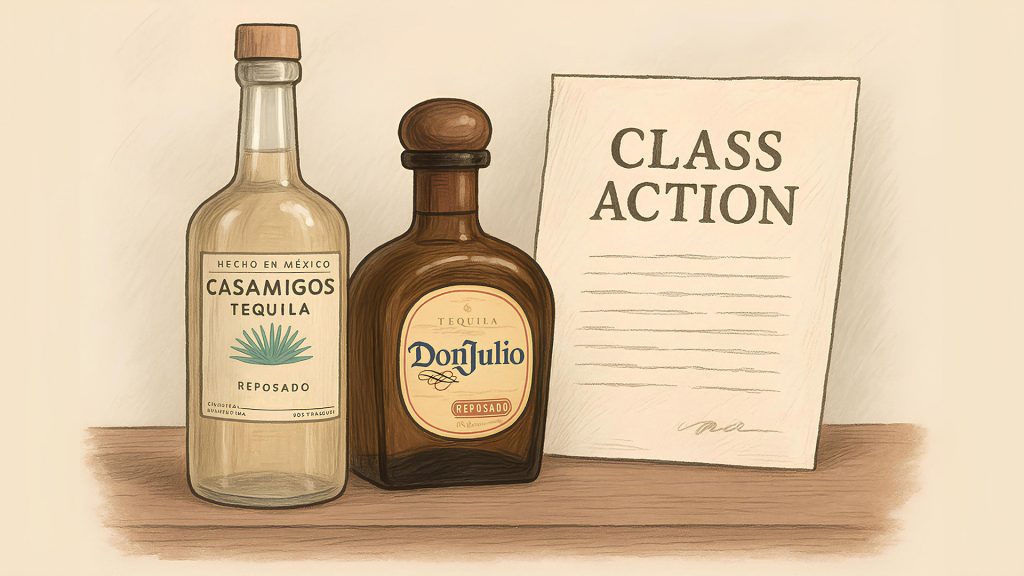As European terraces linger over the last orange glow of Aperol Spritz, Campari Group has delivered a strong third-quarter performance in 2025, with organic net sales up 4.4%. For the first nine months, organic growth reached 1.5%, driving total net sales to €2,281 million, a 0.2% increase on a reported basis. Building on the portfolio streamlining initiated with the Cinzano disposal earlier this year, Campari leaned on its core brands during the peak summer season. Aperol accelerated in the UK, Espolòn Reposado grew 11%, and Courvoisier showed early reorder signs in China. The impact of U.S. tariffs, originally feared at up to €45 million for the full year, has been revised down to €15 million, cushioned by pre-tariff inventory and cost efficiencies.
Campari’s key categories benefited from seasonal demand. The House of Aperitifs (46% of sales) posted 1% organic growth over nine months. Aperol declined 1%, pressured by on-premise challenges in Italy, delistings in Germany, and U.S. inventory alignment after tariff volatility, but grew 4% across other markets with solid sell-out in seeding regions. Campari bitters rose 1% excluding Brazil’s high base. Other aperitifs surged 13%, led by Sarti Rosa in Germany and expanding markets, alongside Aperol Spritz and non-alcoholic Crodino with double-digit growth in seeding areas. Despite headwinds in core markets, aperitifs gained share through Spritz innovation and non-alcoholic variants.
The House of Agave (10% of sales) grew 3%. Espolòn advanced 3%, driven by Reposado’s 11% increase, while Blanco held flat amid pricing focus. Seeding markets expanded double-digit, and Espolòn RTD in Australia plus Montelobos in the U.S. and Mexico lifted other agave by 7%.
Courvoisier, integrated into organic growth from May, contributed €99 million in net sales within the House of Cognac and Champagne (9% of sales), which rose 7%. Its smooth integration highlights early synergy capture in marketing and distribution, particularly in the UK and China. Grand Marnier fell 14% but stabilized in Q3 at -1% with pricing discipline. Despite uneven category trends, Campari’s premium core remains resilient.
Regionally, the Americas (44% of sales) grew 1% over nine months, accelerating in Q3. The U.S. declined 2% in the period but turned positive in Q3 (+1%), driven by Espolòn, Courvoisier, Wray & Nephew Overproof, and stable aperitifs. Jamaica rose 11%, with Q3 up 45% from last year’s hurricane base. Other markets grew 3%, though Canada dipped in Q3 from tariff disruptions.
EMEA (50% of sales) increased 2%. The UK delivered 11% growth (+17% excluding one-off bulk), accelerating in Q3 on Aperol, Aperol Spritz, and Courvoisier campaigns. France rose 3% with Q3 at +6% from peak season. Italy faced on-premise pressures, offset by Campari and Sarti Rosa; Germany declined 3% from delistings but improved underlying in Q3 (+1%). Other EMEA markets grew 6%, led by Global Travel Retail, Greece, and Belgium. Campari’s outperformance in sell-out underscores portfolio resilience despite uneven demand.
APAC (6% of sales) advanced 5%. Australia rose 6%, with Q3 Aperol up 15% from activations and Espolòn bottled/RTD up 12%. Other markets grew 4%, driven by China, India, and South Korea on Wild Turkey/Russell’s Reserve and initial Courvoisier reorders.
On tariffs, Campari contained the 2025 impact at €15 million (€6 million in nine months), benefiting from pre-tariff inventory. Gross margin expanded 90 basis points to 61.2%, aided by mix, agave cost relief, and efficiencies.
Subscribe to our newsletter
Portfolio optimization continued with the disposal of the Tannico e-commerce platform. CEO Simon Hunt stated: “we continue to explore other disposal opportunities.”
A&P rose 8.7% organically to €395 million (17.3% of sales), fueling peak investments. SG&A added 20 basis points of accretion, on track for 50 basis points improvement in the first year.
Adjusted EBIT reached €517 million (22.7% margin), up 1.4% organically. Net debt fell to €2,241 million, with debt-to-adjusted EBITDA at 2.9x.
For 2025, Campari expects moderate organic topline growth, assuming stable consumer confidence. Adjusted EBIT margin is flattish organically, absorbing the reduced tariff hit (annualized €37 million) via inventory and efficiencies offsetting Q3 A&P.
Medium-term guidance: mid-to-high single-digit organic net sales growth in a normalized environment, supported by aperitifs, tequila, premiumization, and 200 basis points of SG&A savings over three years.
Simon Hunt commented: “In an ongoing challenging backdrop, we recorded a resilient organic sales growth of +4.4% in the third quarter and we remain on track. This was achieved through our commercial execution and pricing discipline, which has delivered outperformance in sell-out across most geographies where we are continuing to gain share. We remain focused on what we can control and continue to make good progress in all our strategic priorities… We remain fully confident in the delivery of long-term sustainable growth and continuous financial deleverage.”
As Hunt prepares a November strategic update, Campari’s focus on high-growth categories—Aperol’s spritz culture, Espolòn’s expansion, Courvoisier’s revival—positions it for the next chapter in spirits.



